On Thursday January 11, the Africa Growth Initiative (AGI) at Brookings released its annual Foresight Africa report, highlighting six key priorities for the continent in the year 2018. The first chapter of the report—Unleashing Africa’s inner strengths: Institutions, policies, and champions—discusses strategies for tackling the continent’s challenges more effectively. This post highlights the 2018 election schedule in Africa and the Brookings Institution’s African Leadership Transition Tracker.
Early 2018 has already seen political turnover in a variety of forms in two sub-Saharan African countries: Liberia and South Africa. The rest of the year will see at least 17 more elections. To follow and display these political transitions and the trend in transition types since independence, AGI created the interactive African Leadership Transition Tracker, a screenshot of which is shown in Figure 1. Not only does the tracker show each transition, it also assesses the nature of the political transition, classifying them as either a coup d’état, single-party election, multiparty election, or other transition.
For example, the tracker reflects the recent political developments in South Africa, where Cyril Ramaphosa was appointed interim president after President Jacob Zuma’s resignation from office. Liberia’s status is categorized as “multiparty election,” reflecting the January election of former Arsenal footballer George Weah, who succeeds Africa’s first elected female President Ellen Sirleaf Johnson. The late 2017 replacement of long-time President Robert Mugabe of Zimbabwe with Emmerson Mnangagwa is classified as “other transition.”
Figure 1: The African Leadership Transition Tracker
![]() These political transitions are just the beginning of a wave of elections scheduled for 2018. This year, the continent will see the Democratic Republic of the Congo’s delayed presidential election due to term-limit litigations—originally set to take place in November 2016—and the first election in Zimbabwe since Robert Mugabe’s abrupt departure. Chronologically, the first election on the list took place last weekend (Figure 2); Djibouti’s ruling party won the February 23 parliamentary elections by a landslide.
These political transitions are just the beginning of a wave of elections scheduled for 2018. This year, the continent will see the Democratic Republic of the Congo’s delayed presidential election due to term-limit litigations—originally set to take place in November 2016—and the first election in Zimbabwe since Robert Mugabe’s abrupt departure. Chronologically, the first election on the list took place last weekend (Figure 2); Djibouti’s ruling party won the February 23 parliamentary elections by a landslide.
Sierra Leone heads to the polls next week (March 7) for presidential, legislative, and local elections, marking the fourth election since the end of the 2002 civil war and the first election since the Ebola outbreak. President Ernest Bai Koroma is stepping down and his party has picked former Foreign Minister Samura Kamara to be the party’s candidate. After a decade away from Sierra Leone’s presidency, the main opposition party—Sierra Leone Peoples’ Party—nominated former military ruler Julius Maada. There are 14 additional presidential candidates vying for a chance at the presidency.
Figure 2: Africa’s 2018 Election Map
Source: Data are from the Electoral Institute for Sustainable Democracy in Africa, EISA, as of January 9, 2018. Available at: http://eisa.org.za/calendar2018.php.
For an in-depth examination of select 2018 African elections, see the National Defense University’s Africa Center for Strategic Studies piece, “Africa’s Most Challenging Elections in 2018.”
The Brookings Institution is committed to quality, independence, and impact.
We are supported by a diverse array of funders. In line with our values and policies, each Brookings publication represents the sole views of its author(s).

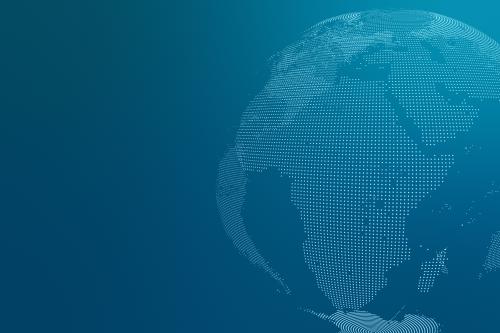
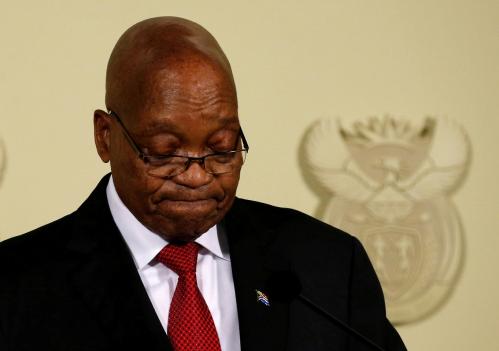
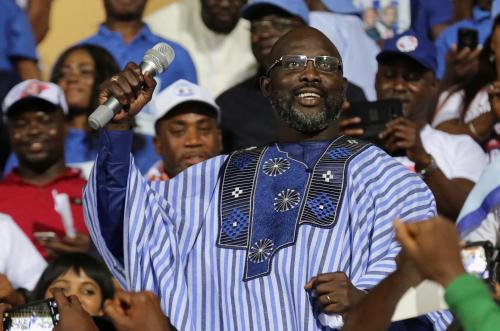

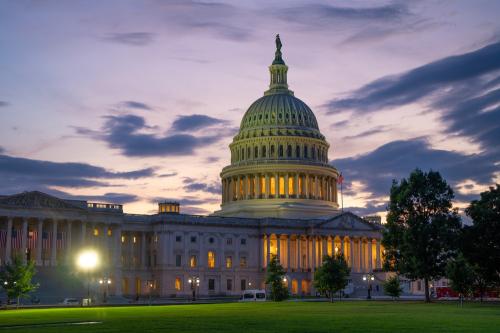
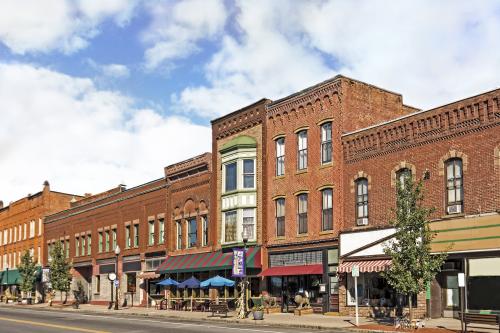
Commentary
Figures of the week: Tracking African political transitions
February 28, 2018